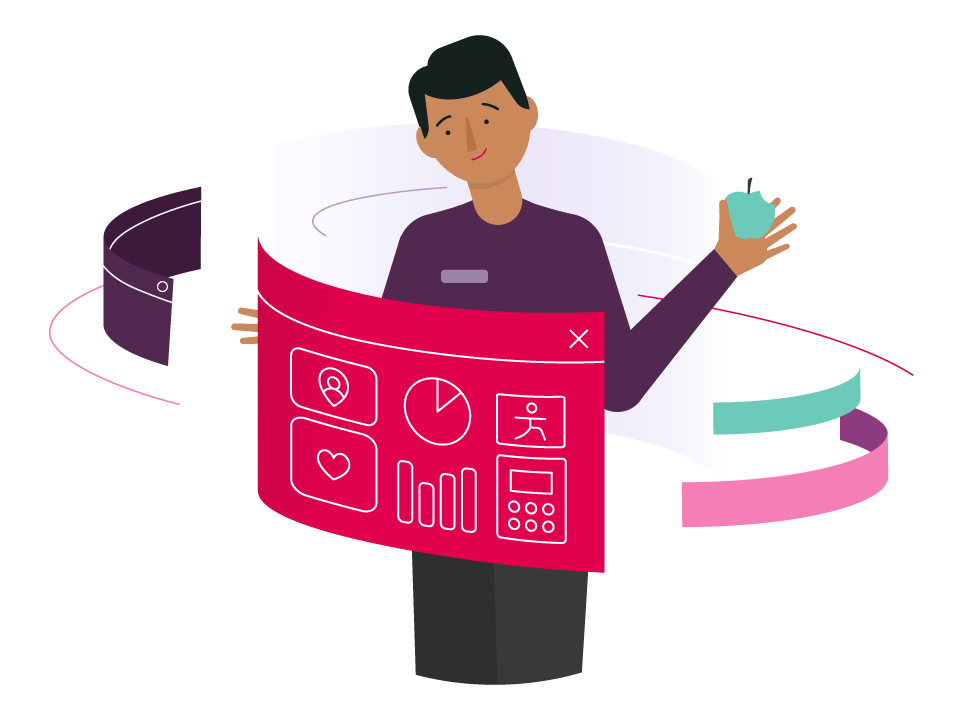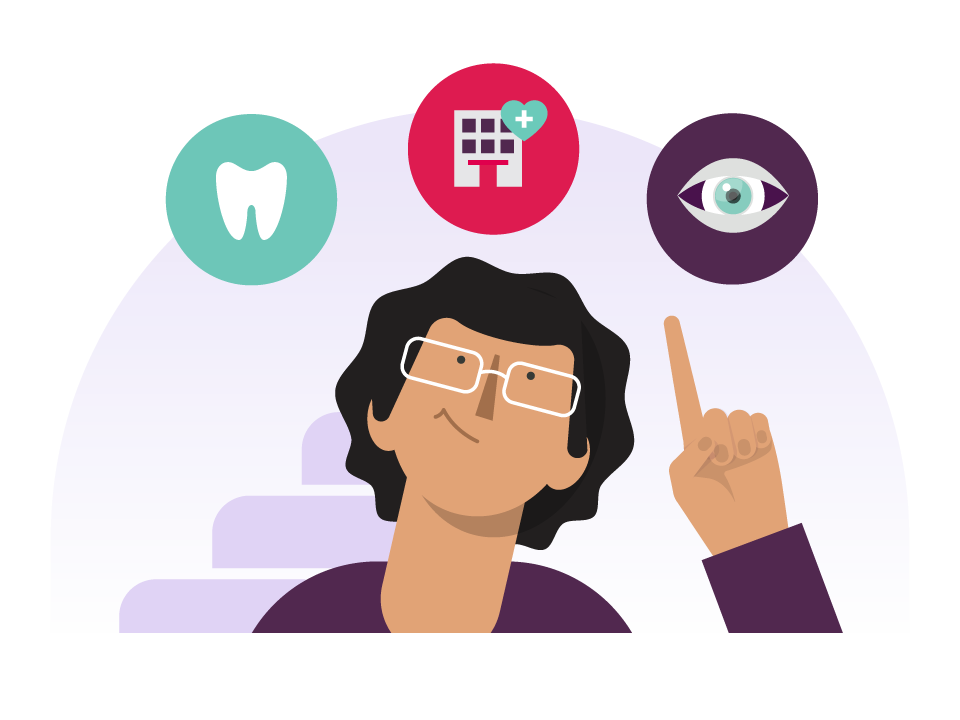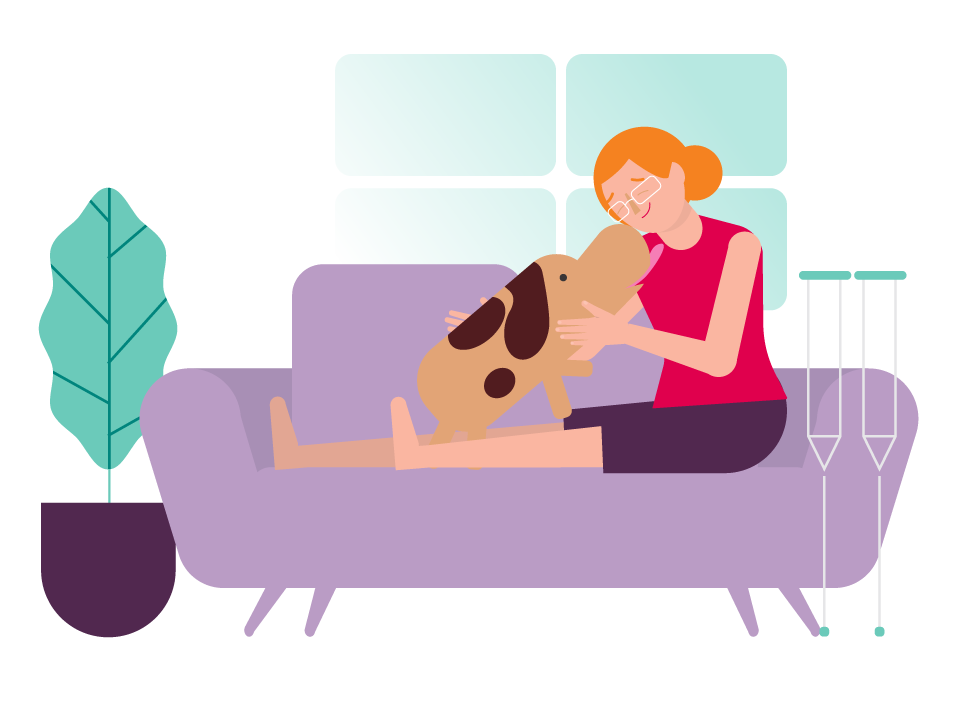The anaesthetist is responsible for pre-medication before surgery, your anaesthesia and wellbeing during surgery and your pain relief afterwards.
You can have carpal tunnel surgery done with local anaesthetic only, local anaesthetic plus sedation (to make you calm and sleepy), or with general anaesthetic.
If you’re having general anaesthetic, ask your surgeon if you can meet with the anaesthetist before the day of the procedure. This way you won’t be hurried or stressed, and can be involved in the planning.
Local anaesthetic
For a local anaesthetic, your surgeon numbs your wrist and hand, so you don’t feel pain during the surgery and for some time afterwards.
Sedation
Light sedation will make you feel relaxed, while deeper sedation will probably make you go to sleep so you don’t remember much, or anything, that happens during surgery.
General anaesthetic
This would usually be a light general anaesthetic and although you’ll be unconscious for your procedure, it’s unlikely that a tube will be inserted into your throat to help you breathe. General anaesthetics can cause post-operative nausea and vomiting.
If you’re overweight or obese, there are increased risks associated with general anaesthesia.
Pain relief after surgery
After surgery you’ll be given pain relief prescribed by your anaesthetist. Usually only light pain relief is required for a day or two.
Pills, tablets or liquids can be given at regular times, or when pain starts to bother you.
Print this page to take when you meet with your surgeon and anaesthetist, so you can make sure all your questions are answered.







